At the Haida Heritage Centre is a museum that contains archeological artifacts and historical accounts describing pre-contact Haida culture, colonization and modern experiences within the Haida nation. It’s a high-quality museum with a remarkable collection and well-designed infrastructure, yet almost out of place somewhere near its centre is a hand-bound printer-paper booklet describing, from various perspectives, the history of smallpox on Haida Gwaii.
I read the booklet from cover to cover, and it’s where I’m getting most of the facts that I’m about to share, primarily from writers Jusquan and Kii’iljuus (Barb Wilson).
To begin with, Haida historians cite the population before European contact at 30,000 or 40,000. The current population of Haida Gwaii is about 4,500. In 1904, it was 587. Let that sink in.
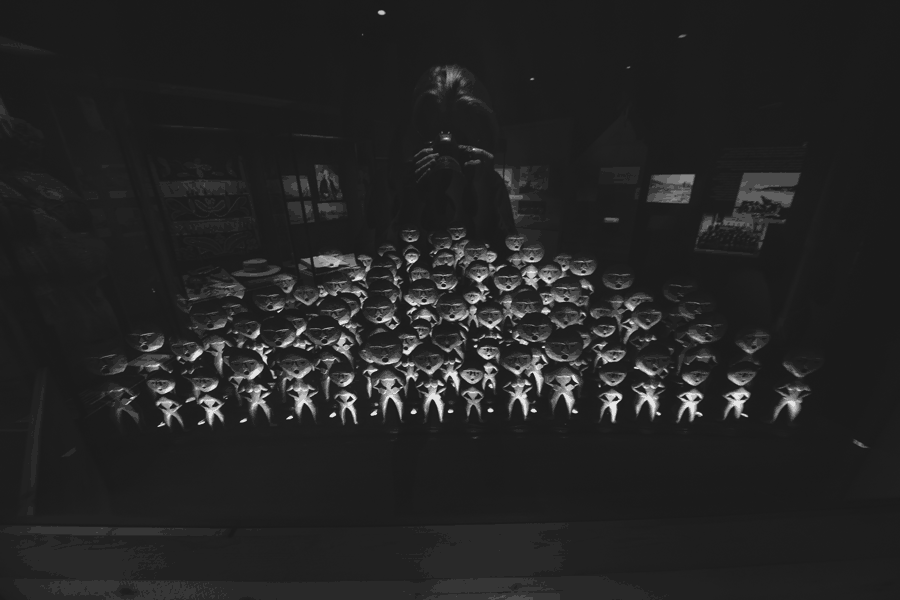
In the late 18th century, Haida Gwaii was recognized by Europeans on the Pacific coast as a powerful nation with a reputation bolstered by influential trade and long-held autonomy. This began to change after a short-lived gold rush on Haida Gwaii in 1851, along with Haida assertion of rights and the threat of American expansion, led the British to unilaterally declare Haida Gwaii the ‘Colony of Queen Charlotte Island.’
As a ‘colony,’ Haida Gwaii was connected to the Hudson Bay Company trading post at Mak’toli, otherwise known as Fort Victoria. It’s worth remembering that the administration of the Hudson Bay Company, at this time and place, was essentially synonymous with the British Empire. The HBC held sway throughout the 1850s, as the non-Indigenous population of Mak’toli swelled and pushed the Indigenous peoples to camps on the edge of the growing capital.
On March 12, 1862, however, all that changed. That’s when a steamer from San Francisco arrived with three hundred European and American gold seekers, and a single victim of smallpox.
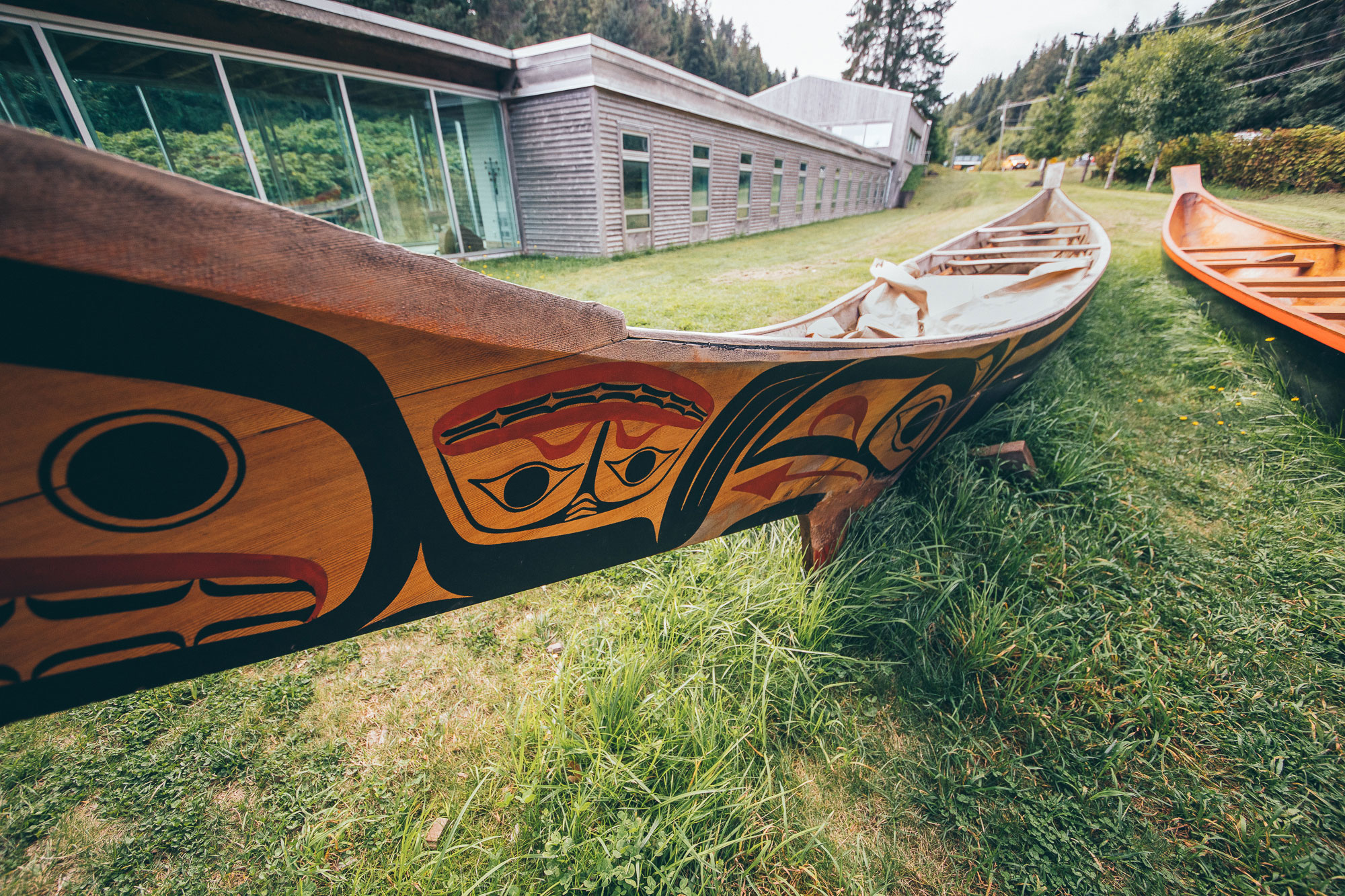
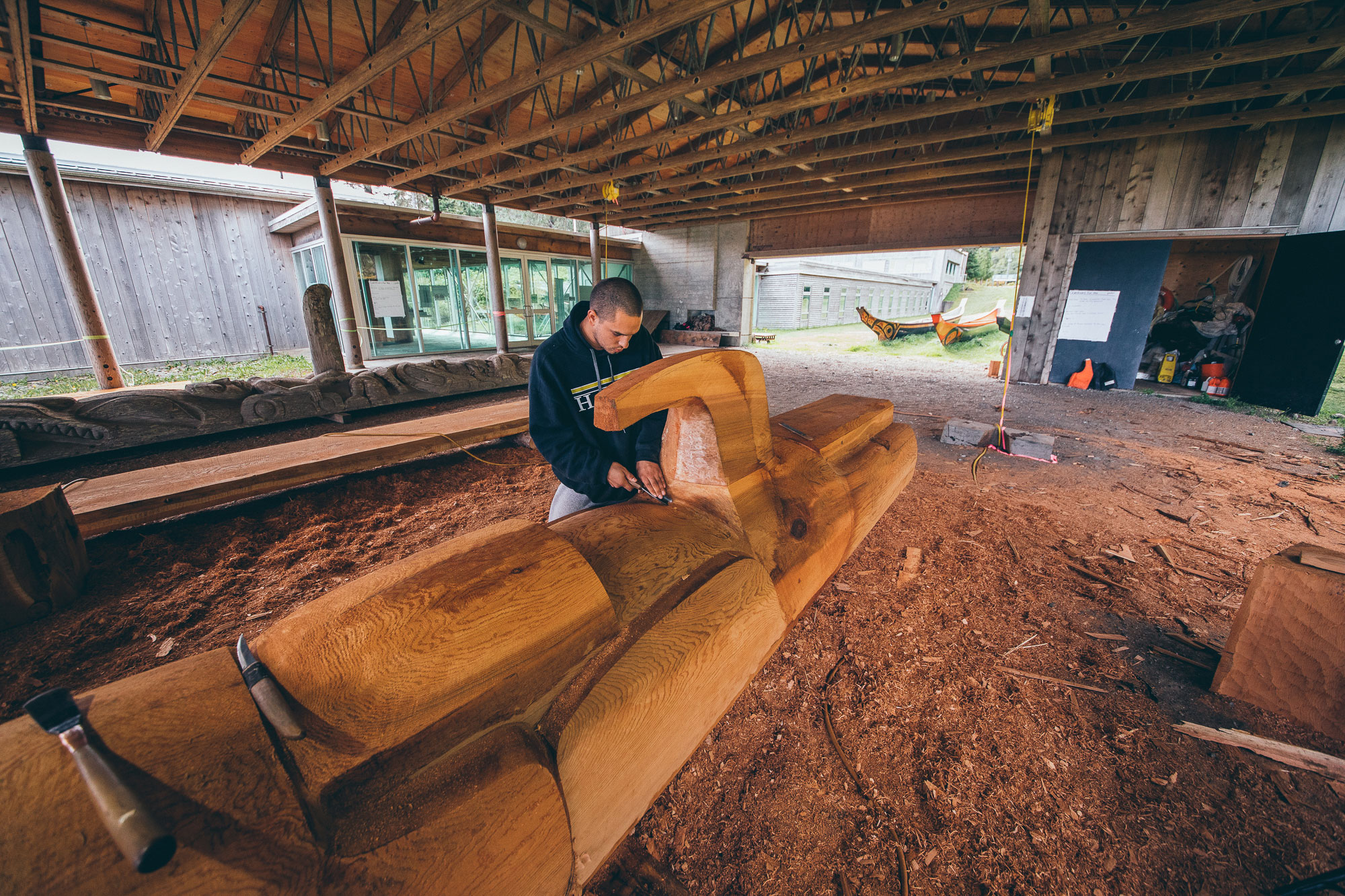
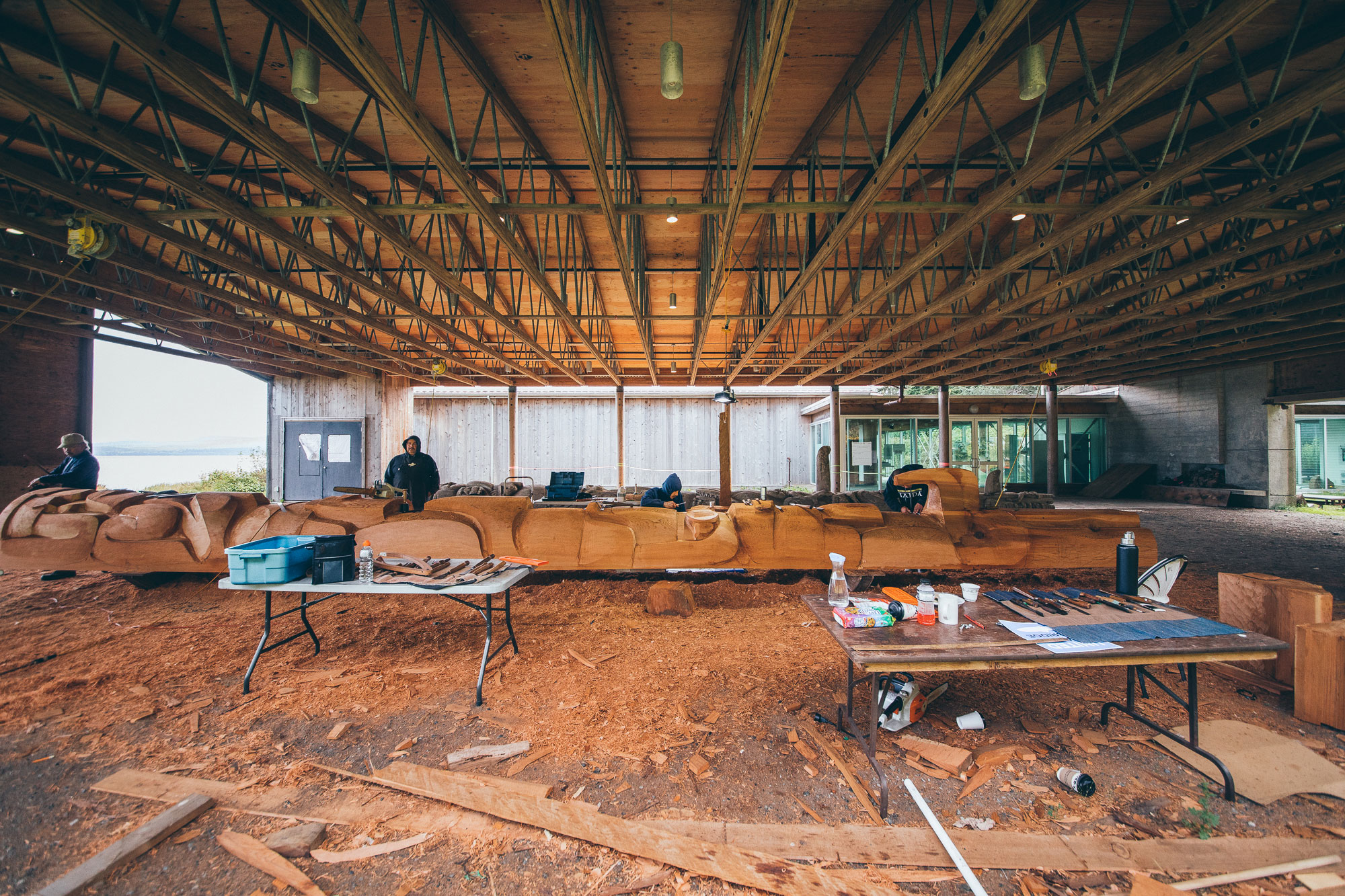
You might think you know this story. I thought I did. I didn’t.
“At the time,” wrote Jusquan, “there were two well-known ways to prevent or minimize the spread of this disease—quarantine and vaccination. Although there was ample opportunity for officials in Victoria to hamper its spread among the Indigenous camps, the exact opposite took place.” He detailed how the actions of the British officials encouraged the rapid and devastating spread of the epidemic in the Indigenous camps outside Victoria and north along the Pacific coast.
“Considering the response to smallpox by government officials and other influential individuals of the time, a solution to the ‘Indian Problem’ was found and then helped along: namely, the smallpox epidemic.”
Let me make this really clear. The British authorities knew how to prevent and minimize the spread of smallpox. They did not do so. As the outbreak began in April 1862, Indigenous people were mostly not inocculated. They were not quarantined. Instead, they contracted smallpox and were sent to their home communities, carrying the disease with them. Jusquan described the British gunboat Forward towing over 300 infected men, women and children—forcing them toward their homes and “sending them either to their death on the journey or to spread the disease up the coast.” By the beginning of July, there were essentially no Indigenous survivors left near Mak’toli. The destruction, however, had just begun.
“How have the mighty fallen! Four short years ago, numbering their braves by thousands, they were the scourge and terror of the coast; today, broken-spirited and effeminate, with scarce a corporal’s guard of warriors remaining alive, they are proceeding northward, bearing with them the seeds of a loathsome disease that will take root and bring both a plentiful crop of ruin and destruction to the friends who have remained at home. At the present rate of mortality, not many months can elapse ‘ere the Northern Indians of this coast will exist only in story.” The Daily British Colonist, June 1862
This is what I mean when I say I didn’t know this story. The intentionality, the brutality of the British officials in Victoria in 1862 shakes me to my core—despite everything I’ve learned about colonization. They sent the sick back to Haida Gwaii and to other nations of the Pacific Northwest, knowing full-well what the consequences would be.
Jusquan described those consequences in a way that is heartbreaking even for me, an outsider, 150 years later. “There are stories of entire families dying from the disease—so many people died that they were left where they fell; no one remained to bury them. Entire villages were deserted, the few survivors escaping to live with relatives in other villages. The pain, suffering, and horrible deaths that overtook our people were catastrophic and heartbreaking, and as it is clear from the evidence above, entirely avoidable.”
The British did it on purpose.
They did it on purpose.
At this moment, I’m not here to criticize or proselytize or reason out contextual excuses. The point is, it happened. Brutality is part of our history. And the consequences of that brutality live on today.
“Underlying our thriving and vibrant nation,” wrote Juseuqan, “a deep scar remains.”
Kii’iljuus, writing later in the booklet, echoed his sentiment.
“Smallpox running through our people can be likened to a fire burning a library of 30,000 books. Our elders are our books of knowledge and the young people are the first drafts. […] When you think of the knowledge that was contained in 30,000 people and then we were decimated to less than 600, the fact that we can function as a people is truly amazing.”
The things I saw on Haida Gwaii were amazing, even I could tell that. I read through Haida Laas papers, talked about the co-management of Gwaii Haanas National Park Reserve. I met traditional carvers working on a totem pole for the new hospital, visited the Skidegate Haida Immersion Program longhouse. I met youth involved in the Rediscovery camps and Youth Assembly of the Council of the Haida Nation.
These things don’t illustrate a broken, decimated people. Not by a long shot. But with a knowledge of the history they’ve endured, they do illustrate resilience.
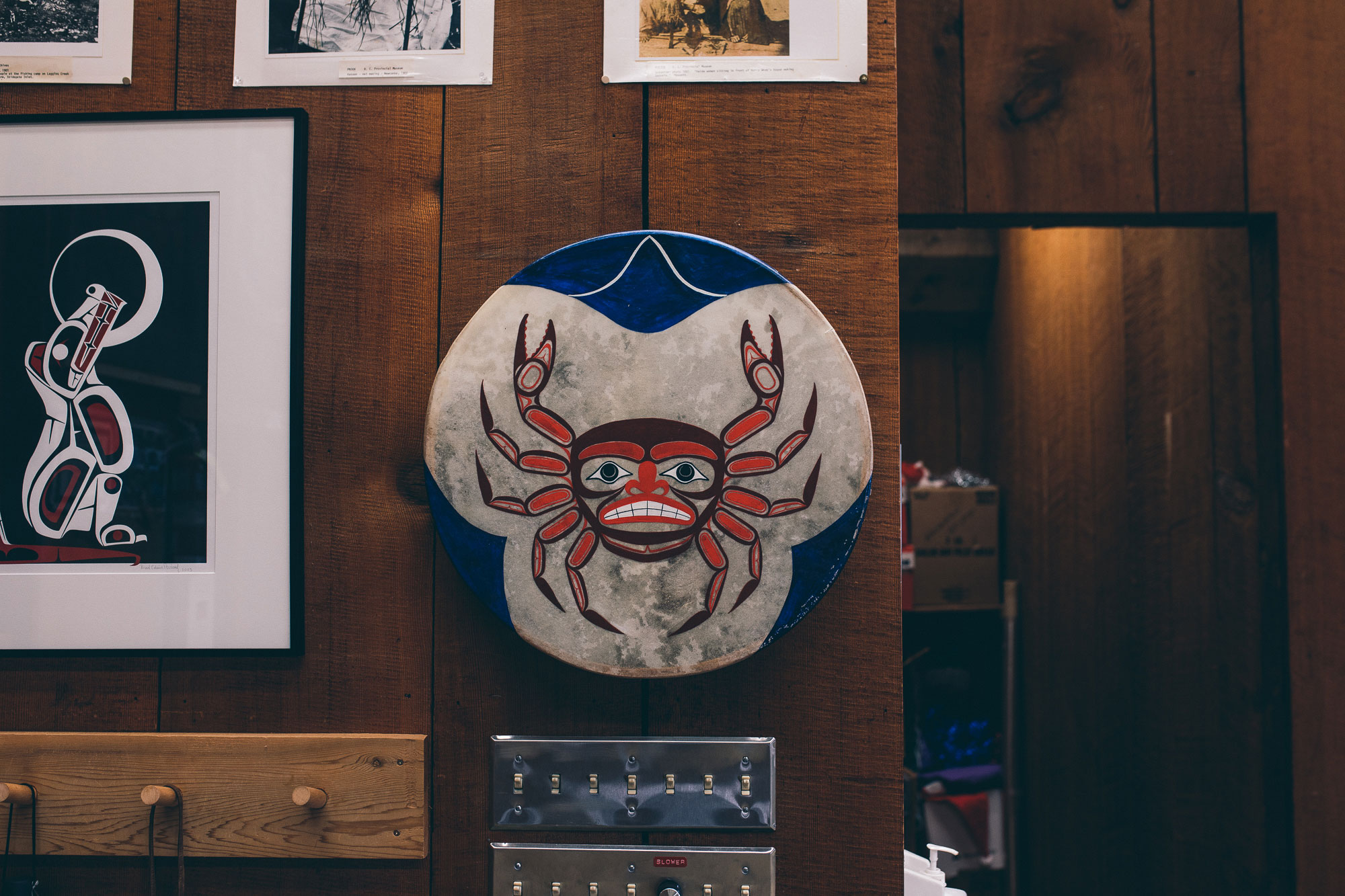
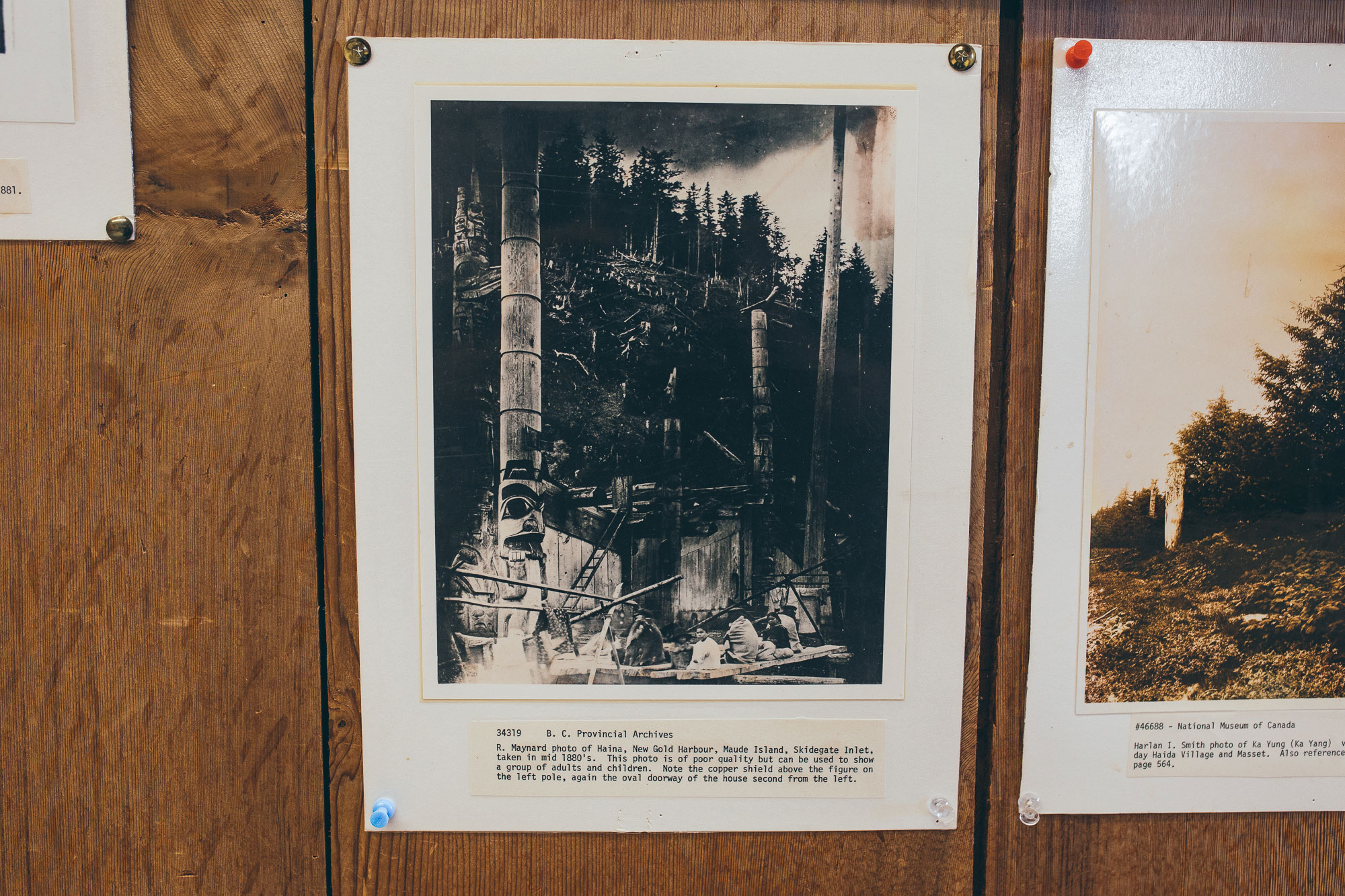
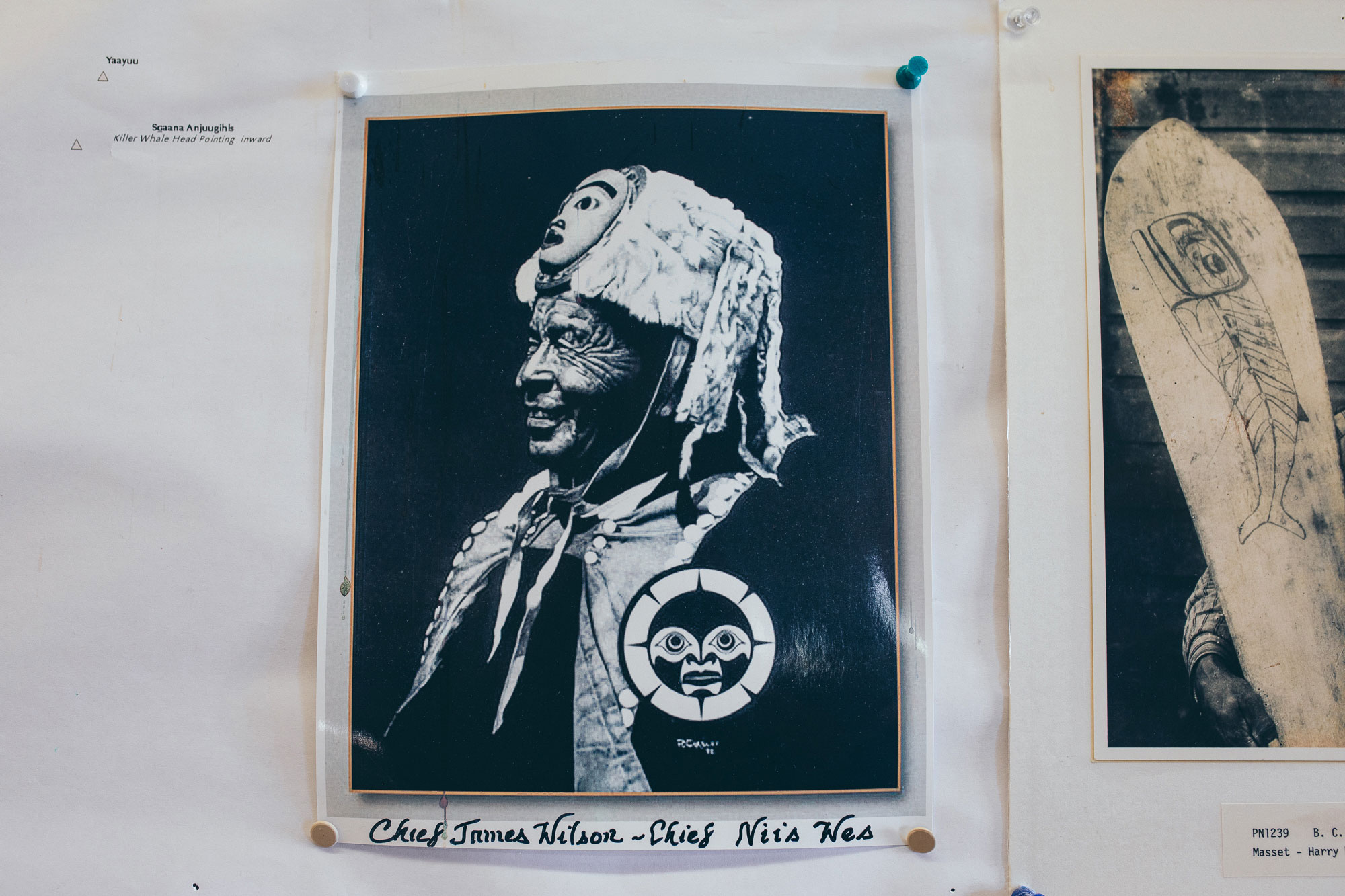
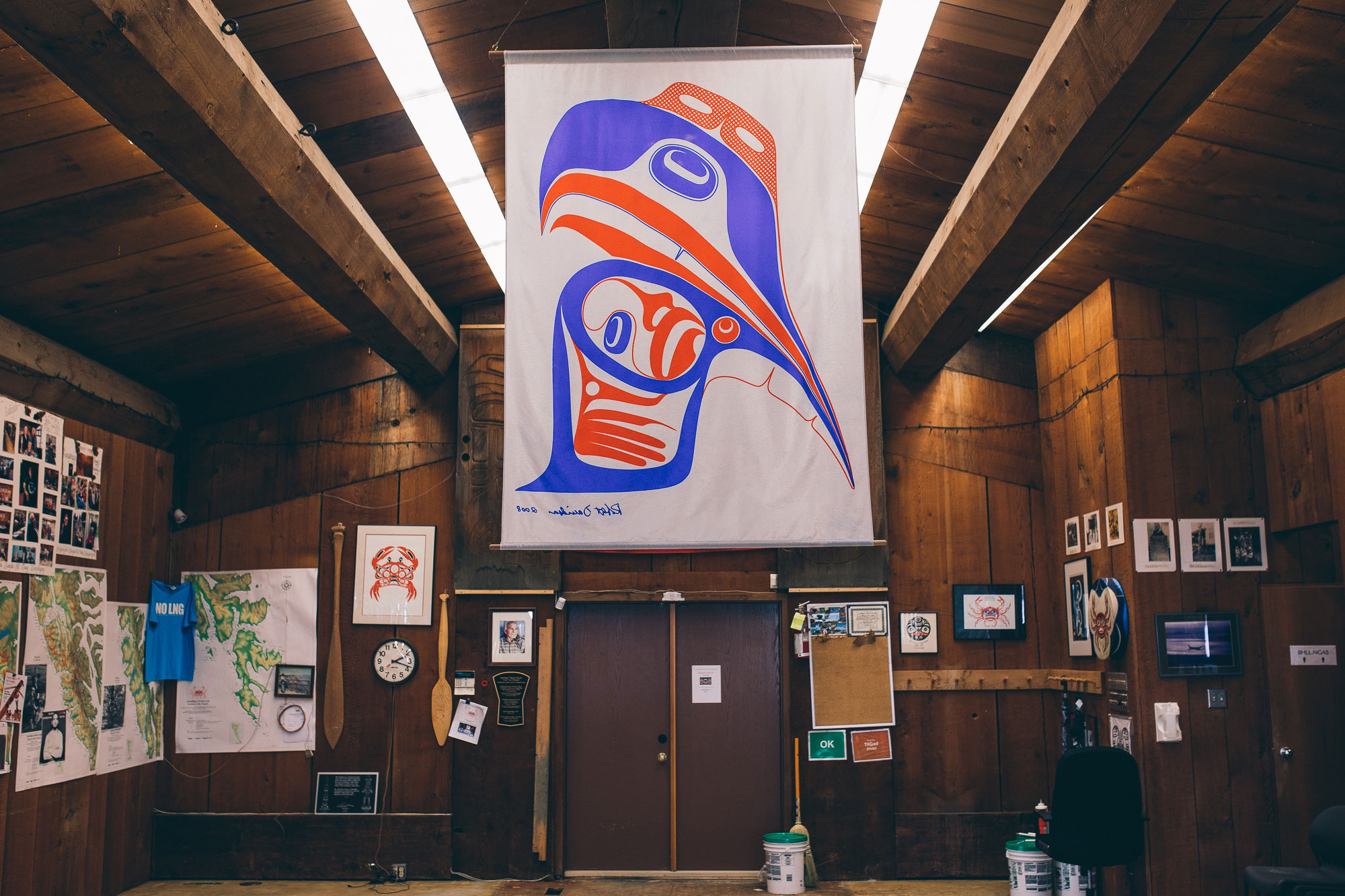
There are two feelings I want to leave you with. The first is that sense of awe-through-understanding that I just described. The second is anger.
See, I learned about epidemics in school—I learned about the Black Death in Late Middle Ages. I learned about biological warfare, too—the Japanese in World War II. Nowhere did I come even close to learning about weaponized disease in Canada’s history of colonization. No, I learned about European explorers, the fur trade, the medicine wheel. Forget that the Beothuk were hunted into extinction, forget that the Cree were systematically starved into submission, forget that the Haida were targeted with biological warfare along with all the other nations of the Northwest Coast.
And it’s not just me, and it’s not just 20 years ago. “When the European settlers arrived, they need land to live on. The First Nations people agreed to move to different areas to make room for the new settlements,” read a workbook published by the Popular Book Company Canadan in 2017.
This is inadequate, and it’s shameful. Our history and our education systems are among the most important things we can uphold as a country. So I left the Haida Heritage Centre feeling awe, and feeling anger. We have to do better than everything that this was.
The exhibit showing Indigenous population loss that I turned into an animated GIF was at the Museum at Campbell River.